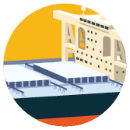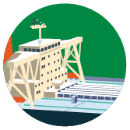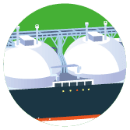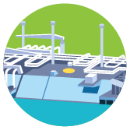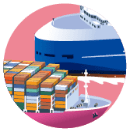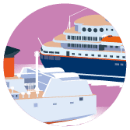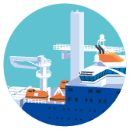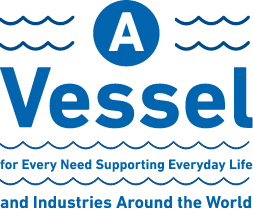
The oldest means of transportation for taking people on their travels is the ship. Today, cruise ships ply routes around Japan and all over the world, providing not just a means of travel but also a leisurely escape that allows people to “enjoy time and space,” as well as a means of travel. In addition, ferries have grown with the spread of car and truck transportation, and play key roles in Japan’s domestic logistics network. But like cruise ships, traveling by ferry also opens up new horizons in leisure-time activity, an element of the “Casual Cruise” concept.



Creating Relaxing Voyages with Heartfelt Hospitality
Cruise ships are used not only as a means of transportation, but also as a fun way to travel. The ship travels to its destination port while passengers experience the cuisine, watch a show, or just relax and enjoy the sea. Passengers can enjoy the entire cruise at their own pace.
Ferries are the liners that carry passengers, cars, trucks, and semitrailers all together. Generally, cars, trucks, and so on are accommodated in a space inside the hull, and they are loaded and unloaded using a rampway. The upper decks house guest rooms, a restaurant, and a large public bath, providing a comfortable space not only for passengers but also for truck drivers.
MOL Group ferries also play a vital role in the logistics business, transporting industrial raw materials, finished products, and foodstuffs by connecting important supply centers and markets with the largest sea and land transport network in Japan.
for Enjoyment Onboard
-
![Nippon Maru]() The Nippon Maru
The Nippon Maru
No. of passenger cabins: 199
Max. passenger capacity: 449![]() Swimming pool
Swimming pool -
Cruise Ships
In the cruise business, the saying goes that the ship itself is the destination. The Nippon Maru is complete with staterooms and suites on each deck, restaurants, a lounge, theaters, a bar, luxurious spa and salon services, boutiques, and a Grand Bath that offers a panoramic view of the open sea.
Away from the hustle and bustle of everyday life, we offer a relaxing space at sea where you can spend your time freely.
Sailing through scenic areas instead of taking the shortest route to the destination, and sometimes slow down the speed, so passengers can see marine animals - that’s the creative approach our planners and captains take as they determine routes and orchestrate the experience our passengers will enjoy.
The Nippon Maru, thanks to its compact size, can call at a variety of ports, including charming, out-of-the-way islands. This feature, along with its attentive hospitality and meticulously prepared cuisine, creates a sense of closeness with passengers, contributing to its excellent reputation in the cruise market.![]() Swimming pool
Swimming pool -
Cruise Ships
In the cruise business, the saying goes that the ship itself is the destination. The Nippon Maru is complete with staterooms and suites on each deck, restaurants, a lounge, theaters, a bar, luxurious spa and salon services, boutiques, and a Grand Bath that offers a panoramic view of the open sea.
Away from the hustle and bustle of everyday life, we offer a relaxing space at sea where you can spend your time freely.
Sailing through scenic areas instead of taking the shortest route to the destination, and sometimes slow down the speed, so passengers can see marine animals - that’s the creative approach our planners and captains take as they determine routes and orchestrate the experience our passengers will enjoy.
The Nippon Maru, thanks to its compact size, can call at a variety of ports, including charming, out-of-the-way islands. This feature, along with its attentive hospitality and meticulously prepared cuisine, creates a sense of closeness with passengers, contributing to its excellent reputation in the cruise market.
The Nippon Maru is also equipped with a “Fin Stabilizer” anti-roll system to maximize passenger comfort throughout the voyage. In addition, tender boats, which not only serves as a landing craft and lifeboats, but also allows high mobility during port calls, adding a new dimension to cruises aboard the Nippon Maru.
People and Cargo in Japan’s Coastal Waters
-
![]() This ferry can accommodate 590 passengers, 146 passenger cars, and 154 trucks
This ferry can accommodate 590 passengers, 146 passenger cars, and 154 trucks -
Ferries
Ferry travel integrates both transportation and accommodation, making trips more affordable. Plus if travelers bring their cars on board, they will have greater mobility when they reach their destination.
When it comes to cargo transport, ferries give drivers a chance to rest while their cargo continues to move. In addition, ferries allow for “unmanned sailing” transporting only trailers without drivers aboard. What’s more, transporting cargo and people by ferry reduces CO2 emissions, the key cause of global warming, compared to other modes of transport. So they are expected to be an essential part of the “modal shift” promoted by Japan’s Ministry of Land, Infrastructure, Transport and Tourism. Ferries also help address the shortage of long-haul truck drivers and reduce labor burdens.


Friendly to Both People and the Environment
entered service. The vessels are the first ferries in Japan equipped with high-performance dual-fuel engines that can use both LNG and heavy oil as fuel. The use of LNG fuel is expected to reduce CO2 emissions by about 25%, SOx by 100%, and NOx by about 85%.
Generations of families can get together to enjoy a cruise trip. Under the concept of kizuna, or “bonding” with family members, the ferries are designed to allow passengers to experience a new category of travel, which we call the “Casual Cruise.”


MOL will fulfill its social responsibility as a shipping company by contributing to the Modal Shift, while working to swiftly introduce LNG-fueled vessels with lower environmental impact.



